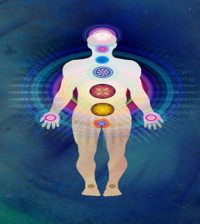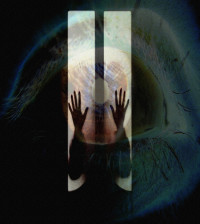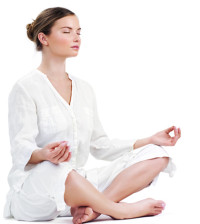- 5 Tips To Finding Peace Within Yourself
- The Do’s and Don’ts of Learning How to Accept Yourself
- How to Find Your Inner Peace and Transform Your Life
- 8 Benefits of Having an Open Mind and How to Get One
- Learn How To Be A Happier Person
- What Is The Meaning Of Life?
- Laws of Abundance – The Riches of Love and Joy
- How to Be Laid Back By Following These 9 Simple Strategies
- The meaning of confucius’ golden rule – 4 practical ways of living it
- 3 methods of unleashing the power of contentment in your life
5 Ways to Self Help with Panic Disorder Symptoms

Panic attacks can be truly terrifying as anyone who has ever experienced them will tell you. This may surprise you, but most people have had a panic attack at some point in their lives. Another thing that may seem astonishing, is that fear is a very important component in life; if no-one had any fear the world would actually be a very dangerous place when you come to think about it.
Past Fears
While fear was vital when humans had to hunt for their food, in the world today, we are significantly safer than we ever were in the past and although fear is required to help us deal with certain situations, some people have a heightened sense of constant fear and this can lead to panic disorder. With panic disorder symptoms, a panic attack can develop quickly with the heart beating frantically, increased sweating, shortness of breath, chest pain, nausea, feeling faint and a feeling of de-personalization where you may feel out of control or disorientated – this can be very frightening.
Panic on the Streets
A panic attack can last for a few minutes, twenty minutes, or even up to an hour, in some cases. It may feel like you are having a heart attack but panic attacks, while truly unpleasant and scary are not generally physically harmful. People with panic disorder symptoms may worry that they will have a panic attack when in public places, and this can lead to reluctance to go out, even leading to agoraphobia. It is important to seek help and advice if you are experiencing panic attacks on a regular basis; your doctor is a good place to start.
Fear reaches a peak, at which it will decline, but while waiting for this to happen there are several tips to help relieve the symptoms:
1. Wherever you are, try and remain in one place. If you are in a car, pull over when possible and park, or if you are outside, make sure you are not in any immediate danger such as a busy road. Don’t try to fight the panic attack; this will only make it worse.
2. Focus on something, anything visually such as your watch, or items in a shop window, and remember that it is a panic attack and that the feelings will eventually subside. Easy to say, but difficult to do granted, but it is important to remember that you have been here before and the feelings passed.
3. During the panic attack, try slow and deep breaths, focusing on your breathing. Breathing fast will increase the feelings of panic and prolong the panic attack. Take breaths in, counting to three then breathe out slowly.
4. Try and think about a situation where you feel happy and safe and really visualise the scene to give you something good to focus on. Positive thinking during a panic attack can really help to ease the symptoms of panic.
5. You can learn relaxation techniques through meditation that can really help during a panic attack. Meditation is a very useful tool to help you relax not just during a panic attack but during everyday life to make coping with anxiety and stress easier and to reduce the build up that could lead to a panic attack. Meditative techniques increase levels of serotonin and have a number of features that can be very beneficial to those with panic disorder symptoms.








































You must be logged in to post a comment Login